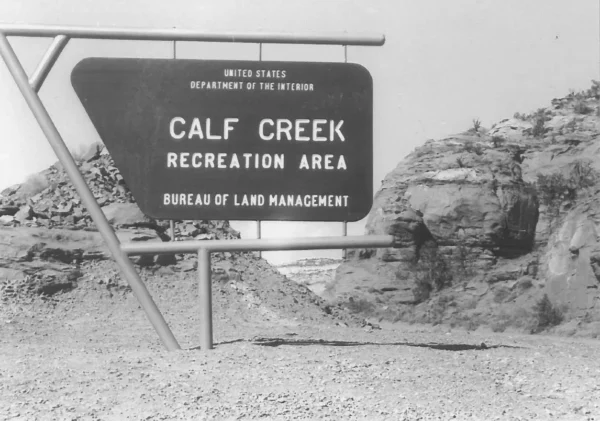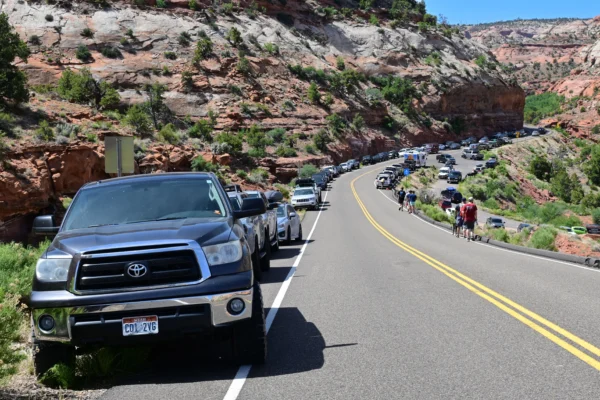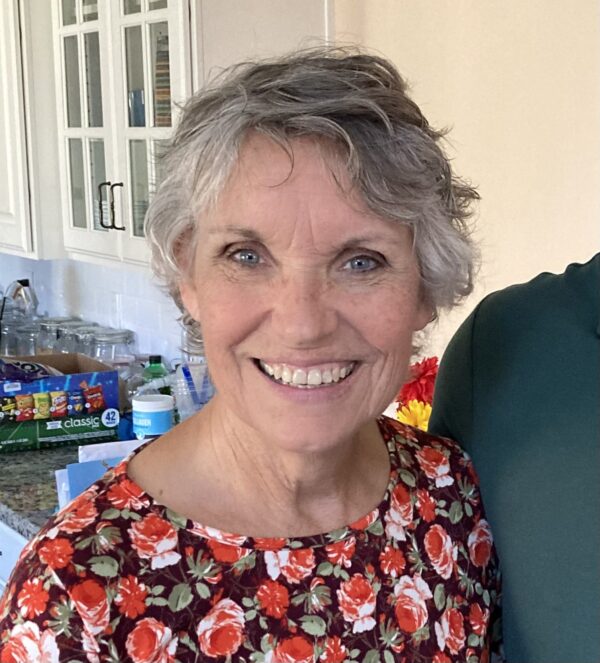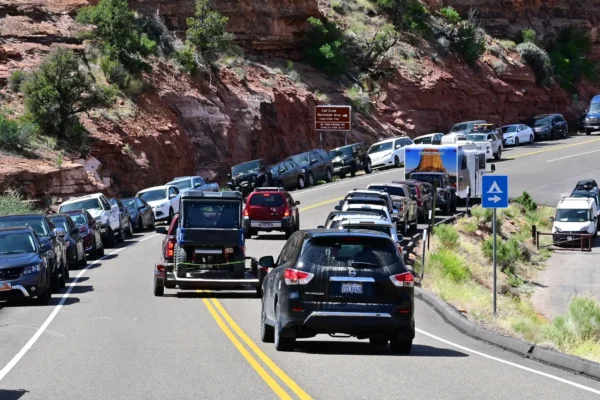The breathtaking red-orange cliffs along Highway 12 north of the Escalante bridge are amazing. Add the Calf Creek Recreation Site a few miles up the road, and your view is even more stunning. Thousands of visitors flock to this site annually. As a result, the campground and surrounding amenities are getting a much-planned-for renovation.
In 1962 to 1963, the Calf Creek Recreation Site, or CCRS, was authorized and funded by the Accelerated Public Works Program. In 1968, the almost 3-mile-long trail to the lower falls was constructed. Then, in 1970, the 5,835 acres of the Calf Creek watershed were designated as the Calf Creek Recreation Area.

The passage of time has taken its toll on this beloved site, and the increased visitation now means that the recreation site demands attention. BLM’s environmental assessment for the project stated, “Much of this infrastructure is either old, failing, unsafe, not universally accessible, insufficient to meet current and increasing visitation pressure, and/or contributing to resource degradation.”
This is why a comprehensive renovation plan is scheduled to begin in July, with the first phase of campground reconstruction estimated to take four months. BLM will begin subsequent phases in 2025 and 2026 at a total cost of $4 million funded by the Utah Office of Outdoor Recreation, Great American Outdoors Act, and recreation fee dollars.
Improvements for 2024 include renovating all the campsites, adding a few new campsites, constructing retaining walls at the water play area, replacing the shade shelters and adding new ones, and replacing the wood on the swinging pedestrian bridge.
Of special interest is the high demand for access to the lower Calf Creek Falls, which has created parking and pedestrian safety concerns in recent years. Paria River District Manager Harry Barber is eager to get construction underway. He stated, “An intent of this project is to improve user experience and public safety. Working in conjunction with Garfield County and the Utah Department of Transportation, we hope to eliminate the hazards to pedestrians and lessen vehicle traffic caused by parking along Scenic Byway 12.”

An overflow parking area has already been expanded with a temporary capacity of 15 cars. Eventually, parking for 40 vehicles will be available just below the entrance, and approximately 15 stalls will be constructed along the site road. The parking area will not reach full capacity until finalized sometime in 2025 or 2026.
Once there is parking, UDOT will work with BLM to establish a no parking zone along Highway 12 extending one-half mile in both directions from the entrance. Then Garfield County will be able to increase safety patrols and enforcement.
A bypass trail section will begin in the main parking area and climb onto the bench above the west side of the campground. It will then connect with the existing trail near the campground’s north boundary.
A related question is whether the public will still have access to the waterfall trail during construction. The area will be closed for the first two months of construction and when mixing construction traffic with visitors poses immediate safety concerns. After that, the answer is yes, as long as it is safe.
The existing creek crossings will be redone; the culvert will be replaced with a bridge; and the low-water crossing will be replaced with a partial culvert that spans the creek and provides a natural stream bottom.
A buried communications fiber line will be installed along the edge of the CCRS road. It will connect to the existing fiber trunk line near the entrance and extend down to the main parking area to allow for emergency phones and Wi-Fi communication.
The impact on the flora and fauna of this area has been of utmost concern. Planners have been sensitive to migratory nesting birds, native vegetation, and water resources. A qualified paleontologist will be on site to monitor construction activities during any bedrock disturbance. Native tree and shrub species and/or native plant seeds will be used to revegetate areas impacted during construction. And the hummingbird banding location has been moved away from construction.
This vast improvement has been in the planning phases since 2021, following stringent regulatory guidelines and public input.
Organizers have anticipated these improvements for a few years; now, we can anticipate the changes going into action for the next few months.
– by Karen Munson
Feature image caption: As crowds flock to Calf Creek Recreation Site between Escalante and Boulder, parking has become a problem along Scenic Byway 12. For the safety of both motorists and pedestrians, BLM is expanding parking as part of a major renovation project on the site. May 23, 2020. Courtesy of BLM.

Karen M. Munson – Escalante
Karen is an associate editor at The Byway. She is fascinated and fulfilled by all things involved with writing. After graduating from BYU, she taught English at Escalante High School for three years. She pursues opportunities to write and support others in their writing. Karen has published three books with four more scheduled to be released in 2024. She and Reed are the parents of ten children and the grandparents of 35 grandchildren.
Karen is the author of two columns in The Byway, A New Twist on Healthy Mental Habits and Lyle’s Corner.

